Disclosure: This article contains affiliate links. We may earn a commission from purchases at no extra cost to you, which helps our travel content.
When I first planned to visit both Mexico City and Dublin within the same autumn season, friends questioned the unusual pairing. 'What do these cities possibly have in common?' they asked. As an archaeologist who's spent years studying Mesoamerican civilizations while living in Tokyo, I've developed an eye for cultural connections that aren't immediately obvious. Both cities pulse with a unique energy where ancient history and modern innovation collide in spectacular fashion. Both have endured colonization yet maintained fierce cultural identities. Both celebrate their literary giants, embrace vibrant street art, and nurture café cultures that invite hours of contemplation. And perhaps most importantly, both Mexico City and Dublin feature locals who tell their stories with unmatched passion and flair. This two-week journey through these seemingly disparate capitals revealed surprising parallels and distinctive contrasts that I'm eager to share with couples seeking a cultural adventure beyond the ordinary tourist path.
Historical Layers: Where Ancient Meets Modern
Both Mexico City and Dublin are palimpsests – cities where history hasn't been erased but rather built upon, layer by fascinating layer. In Mexico City, this is perhaps most dramatically displayed at Templo Mayor, where excavations revealed the Aztec temple that once stood at the heart of Tenochtitlan. I spent a misty morning tracing the exposed foundations while modern Mexico City hummed around me, the Metropolitan Cathedral looming nearby as a symbol of the Spanish colonial era that followed.
The museum adjacent to the archaeological site houses thousands of artifacts, and I found myself lingering before a monolithic sculpture of Coyolxauhqui, the moon goddess. What struck me was how this archaeological site exists not as a separate attraction but integrated into the living city – locals passed by on their way to work, some pausing briefly to acknowledge their ancestral heritage.
Dublin offers its own historical layers, though in a distinctly European fashion. At Dublin Castle, Norman towers stand alongside Georgian elegance and modern government buildings. Walking through the medieval undercroft and then emerging into the Georgian courtyard creates a physical experience of time travel that archaeological sites rarely achieve so seamlessly.
What fascinates me as an archaeologist is how both cities wear their histories differently. Mexico City's pre-Hispanic past requires more intentional excavation and interpretation, while Dublin's Viking and medieval foundations remain partially visible in its street layouts and place names. For travelers interested in capturing these juxtapositions, I recommend a reliable travel camera with good low-light capabilities for museum interiors and archaeological sites.
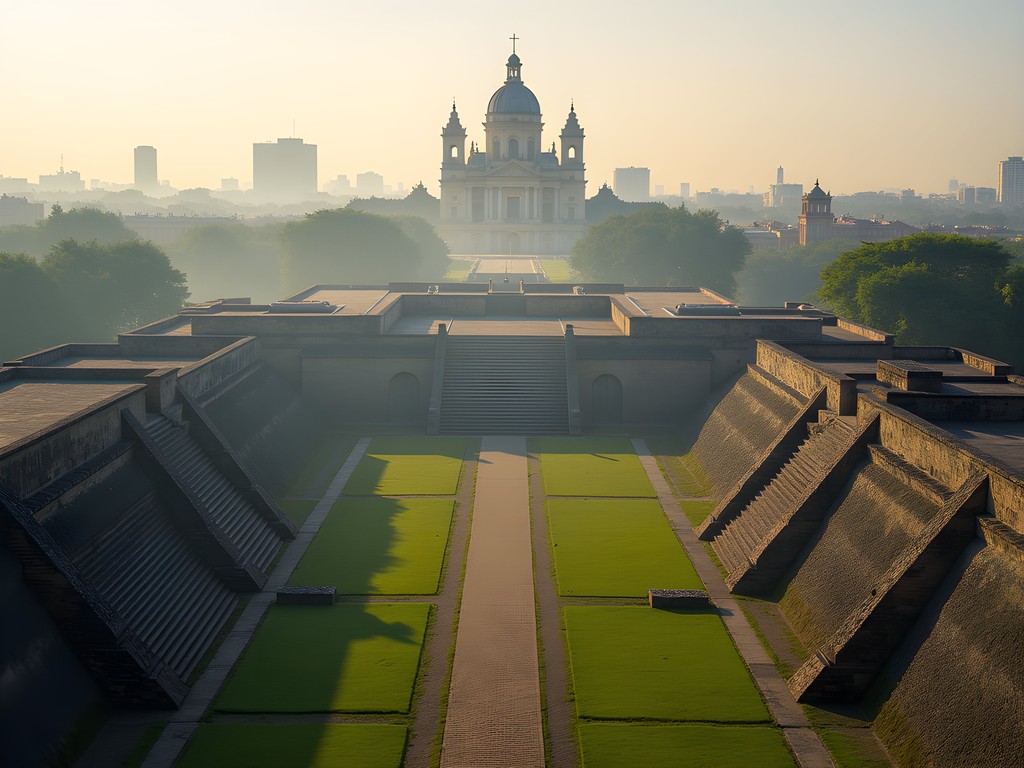
💡 Pro Tips
- Visit Templo Mayor in Mexico City early morning to avoid crowds and harsh sunlight
- In Dublin, book the 'Below Stairs' tour at Dublin Castle to access areas not on the regular tour
- Download the INAH Museums app before visiting Mexican archaeological sites for excellent contextual information
Literary Legacies: From Octavio Paz to James Joyce
Perhaps the most surprising parallel I discovered between these two capitals is their profound literary heritage. Both cities have produced Nobel laureates and shaped literary movements that extended far beyond their borders.
In Dublin, literature isn't merely celebrated – it's woven into the city's identity. I spent an afternoon following the footsteps of James Joyce's Ulysses, guidebook in hand, mapping the wanderings of Leopold Bloom. The Long Room at Trinity College Library, with its barrel-vaulted ceiling and 200,000 ancient books, feels like a cathedral dedicated to the written word. When I mentioned to a local that I was visiting from Japan, he immediately referenced Lafcadio Hearn, demonstrating how literary connections transcend borders.
Mexico City's literary landscape proved equally rich. Casa Azul, Frida Kahlo's home in Coyoacán, showcases not just her paintings but her personal library and the intellectual circle she and Diego Rivera cultivated. At Biblioteca Vasconcelos, I was awestruck by the suspended bookshelves and transparent walls that create a temple-like atmosphere for literature. The cafe there became my favorite workspace, where I edited photographs while surrounded by Mexican students and intellectuals.
Both cities honor their literary giants through museums, statues, and tours, but what struck me most was how literature remains a living tradition. In Dublin pubs, I witnessed impromptu poetry recitations, while Mexico City's cafes hosted animated discussions about contemporary Mexican authors. For couples visiting either city, I recommend planning your trip around literary festivals like Dublin's Bloomsday (June 16) or Mexico City's Feria Internacional del Libro (late November).

💡 Pro Tips
- Visit Dublin's Writers Museum and Mexico City's Casa de la Literatura for comprehensive overviews of each literary tradition
- Book a literary pub crawl in Dublin for a uniquely Irish blend of literature and libation
- Stop by Librería Porrúa in Mexico City's historic center for beautiful editions of Mexican classics
Market Culture: From Tianguis to Temple Bar
Markets have always been my window into a culture's soul. As gathering places where commerce, cuisine, and community converge, they reveal authentic daily life in ways museums never can. Mexico City and Dublin offer fascinating contrasts in their market traditions.
In Mexico City, I dedicated an entire day to exploring Mercado de la Merced, one of the largest traditional markets in Latin America. The sensory experience is overwhelming – mountains of chile peppers in every conceivable variety, the sweet perfume of tropical fruits, vendors calling out their offerings in singsong Spanish. What fascinated me from an archaeological perspective was recognizing ingredients that have been staples since pre-Hispanic times, like huitlacoche (corn fungus) and chapulines (grasshoppers).
For a more curated experience, I visited the weekend tianguis (street markets) in neighborhoods like San Ángel and La Lagunilla. At San Ángel's Saturday Bazaar, artisans from across Mexico display textiles, ceramics, and folk art that connect directly to indigenous traditions. I purchased a hand-embroidered blouse from a Zapotec woman who explained how each motif represented elements from her community's cosmology.
Dublin's markets present a different charm altogether. The Victorian elegance of George's Street Arcade houses quirky independent shops rather than food stalls, while the Temple Bar Food Market offers artisanal Irish cheeses, breads, and organic produce in a compact outdoor setting. What struck me was how Dublin's markets reflect the city's evolution – traditional Irish products now share space with international influences, mirroring Ireland's increasing diversity.
For couples exploring markets together, I recommend bringing a packable tote bag for purchases and agreeing on a meeting point in advance – it's easy to get separated in Mexico City's massive markets! Also, while both cities have excellent street food, Mexico City's requires a more adventurous palate and stronger stomach. I never travel without digestive aids when exploring new culinary territories.
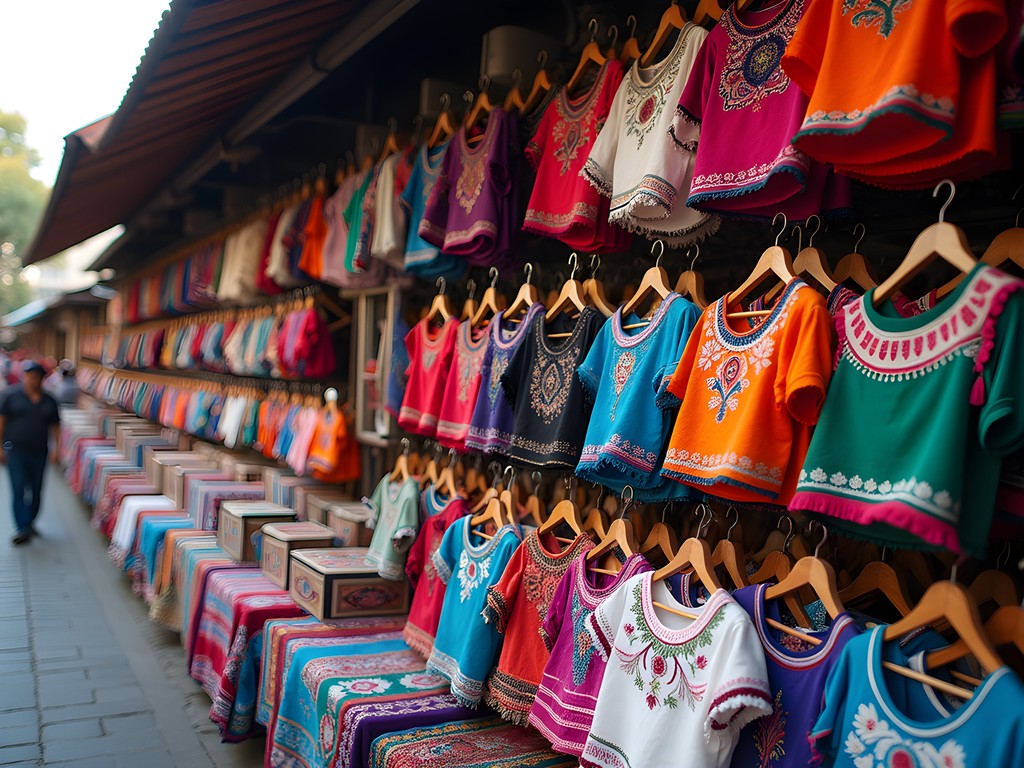
💡 Pro Tips
- Visit Mexico City markets earlier in the day when produce is freshest and crowds are manageable
- Bring small bills and coins for easier transactions in both cities' markets
- In Dublin, check the schedule for specialized markets like the Designer Mart at Cow's Lane (weekends only)
Café Culture: Finding WiFi and Wisdom
As someone who often blends work with travel, I've developed a deep appreciation for café culture. Both Mexico City and Dublin excel in this regard, though in distinctly different ways that reflect their broader cultural values.
Mexico City's café scene spans centuries, from the historic Café de Tacuba, founded in 1912 with its colonial-style decor and traditional Mexican breakfast, to ultra-modern specialty coffee shops in Roma Norte and Condesa. What surprised me was finding exceptional Japanese-influenced cafés like Enomoto Coffee in Colonia Juárez, where the precision of Tokyo's coffee culture meets Mexican warmth.
For digital nomads and researchers like myself, El Péndulo bookstore cafés became my go-to workspaces. Their combination of well-stocked bookshelves, reliable WiFi, and excellent coffee created perfect conditions for writing and editing photos. The Polanco location features a stunning two-story space with spiral staircases and hanging plants that made me linger far longer than planned.
Dublin's café culture, meanwhile, has evolved dramatically in recent years. Beyond the traditional tea shops, a new wave of specialty coffee houses has emerged. The Library Bar at the Central Hotel offers a quiet, book-lined retreat that feels worlds away from tourist Dublin, while hip spots like 3FE and Coffee Angel cater to serious coffee enthusiasts.
What makes Dublin's cafés unique is their connection to the city's literary tradition. I spent a rainy afternoon in Bewley's on Grafton Street, where James Joyce, Samuel Beckett, and other literary giants once gathered. Sipping coffee beneath stained glass windows while rain tapped against the windows, I understood why writers have long found inspiration here.
For productive café working, I never travel without my noise-cancelling headphones – they've saved my concentration in many a bustling café. I also recommend bringing a power bank, as outlets can be scarce in the most atmospheric cafés in both cities.

💡 Pro Tips
- In Mexico City, cafés typically open later (around 8-9am) than in Dublin (often 7am)
- Dublin cafés often become pubs in the evening – check closing times if planning an afternoon work session
- For the best WiFi in Mexico City, head to cafés in Roma Norte and Condesa neighborhoods
Botanical Retreats: Urban Oases
As much as I love immersing myself in urban cultural scenes, I've learned that sustainable travel requires moments of retreat and reflection. Both Mexico City and Dublin offer remarkable botanical sanctuaries that provide necessary counterpoints to their urban intensity.
Chapultepec Park in Mexico City is less a garden than an ecosystem unto itself – at 1,700 acres, it dwarfs even New York's Central Park. What fascinates me from an archaeological perspective is how this space has been continuously used since pre-Hispanic times, when Aztec emperors maintained a retreat here. Walking through the ahuehuete cypress trees, some over 700 years old, creates a tangible connection to those who walked these same paths centuries ago.
Within Chapultepec, the Botanical Garden showcases Mexico's extraordinary biodiversity, with particular emphasis on cacti and other succulents. The careful organization of plants by ecosystem helped me understand how Mexico's varied landscapes have influenced its cultural development throughout history.
Dublin's National Botanic Gardens offer a more formally designed but equally tranquil experience. The Victorian palm houses and arboretum reflect a different relationship with nature – one of collection and categorization rather than preservation. On a misty Irish morning, I spent hours photographing dewdrops on exotic plants brought from former colonies, a physical manifestation of Ireland's complex history.
What struck me most was how locals use these spaces. In Chapultepec, extended families gather for weekend picnics that last all day, while Dublin's gardens attract solitary readers and couples seeking quiet conversation. Both serve as vital green lungs for their respective cities, though Mexico City's air quality challenges make Chapultepec's forest particularly precious.
For photographers visiting either garden, early morning offers the best light and fewest visitors. I found my macro lens invaluable for capturing botanical details in both locations.
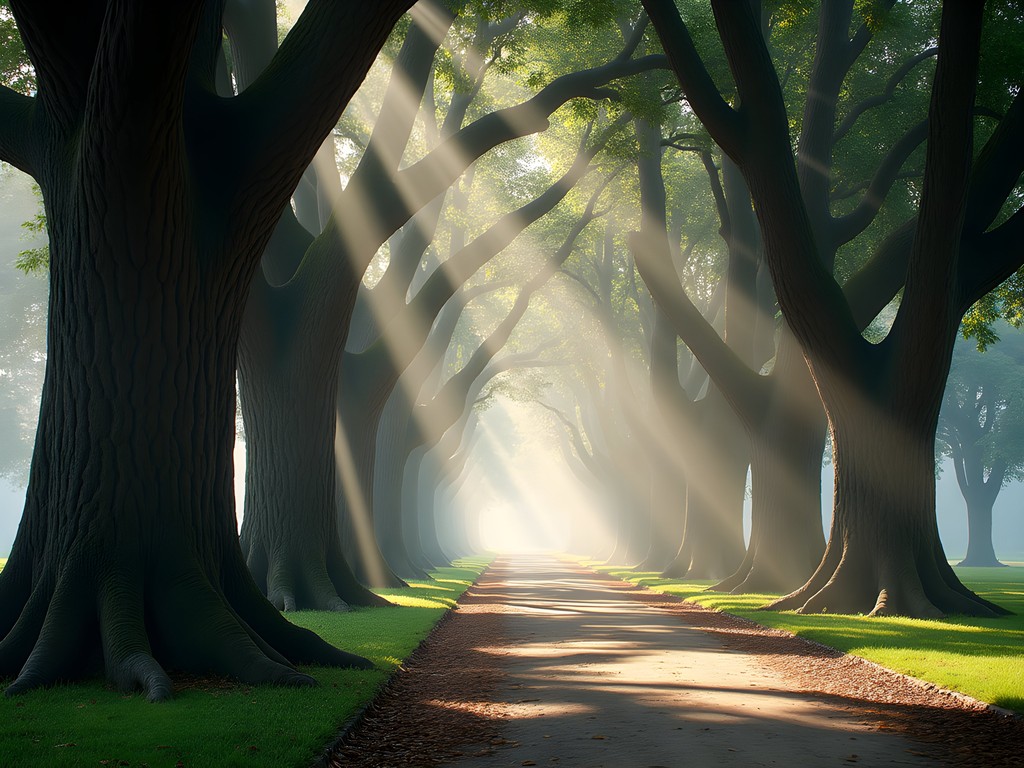
💡 Pro Tips
- Visit Mexico City's Chapultepec Park on weekdays to avoid weekend crowds
- Dublin's National Botanic Gardens are free to enter but check seasonal opening hours
- Both gardens offer guided tours that highlight seasonal plantings – worth booking in advance
Final Thoughts
As my two weeks split between Mexico City and Dublin came to a close, I found myself reflecting on how these seemingly disparate cities mirror each other in unexpected ways. Both are capitals where ancient histories and modern innovations coexist in dynamic tension. Both nurture vibrant artistic communities while honoring literary traditions. Both offer markets that pulse with local life and cafés that invite deep conversation. Perhaps most importantly, both cities challenge the visitor to look beyond tourist attractions to discover authentic cultural experiences.
For couples seeking a cultural adventure that combines familiar comforts with genuine discovery, this unconventional pairing offers rich rewards. Whether you're sipping mezcal in Roma Norte or Guinness in Temple Bar, you'll find yourself immersed in cities where storytelling remains a cherished art and where history isn't confined to museums but lives in the streets themselves. The tale of these two cities continues to unfold – I invite you to become part of their story.
✨ Key Takeaways
- Both cities reward travelers who venture beyond tourist zones into residential neighborhoods
- Markets provide the most authentic cultural immersion in both Mexico City and Dublin
- Literary heritage shapes both cities' identities and offers unique cultural experiences
📋 Practical Information
Best Time to Visit
September-November for both cities
Budget Estimate
$100-150 per day per person (mid-range)
Recommended Duration
1 week in each city
Difficulty Level
Intermediate

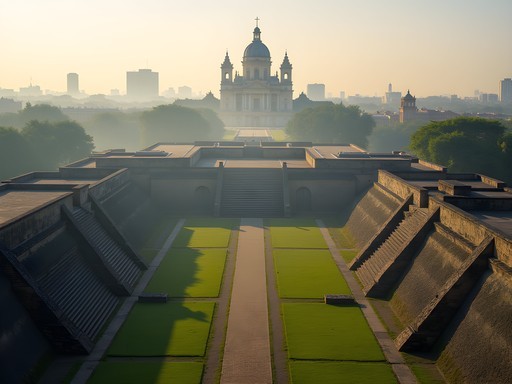
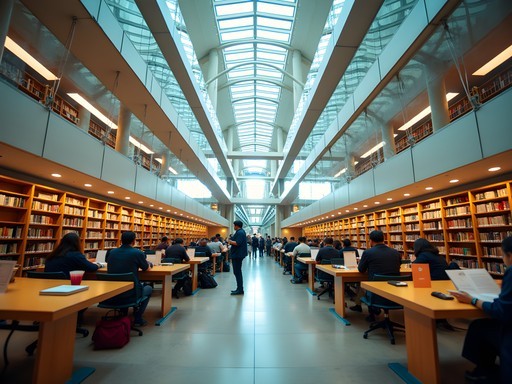
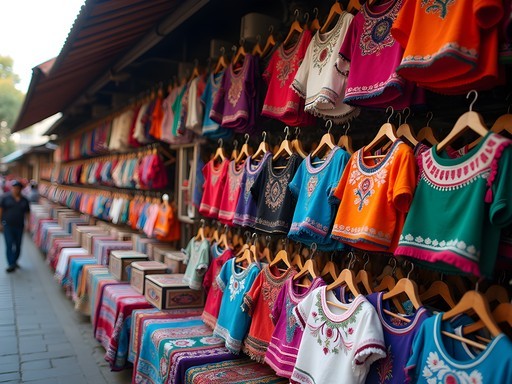
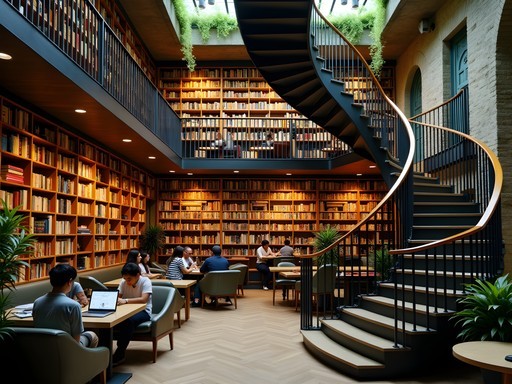



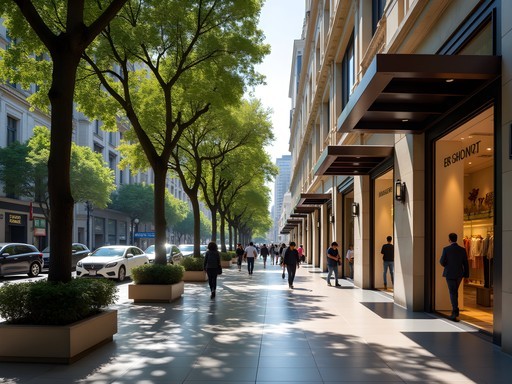
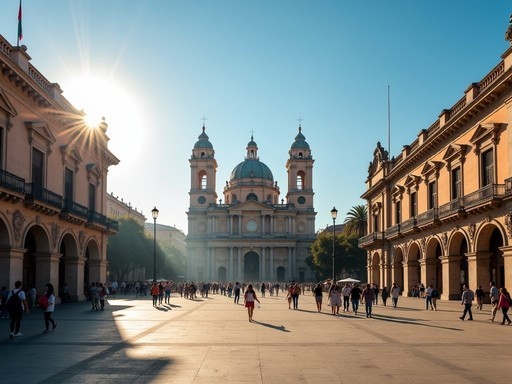
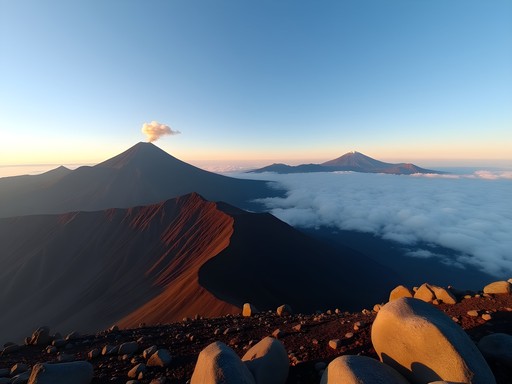
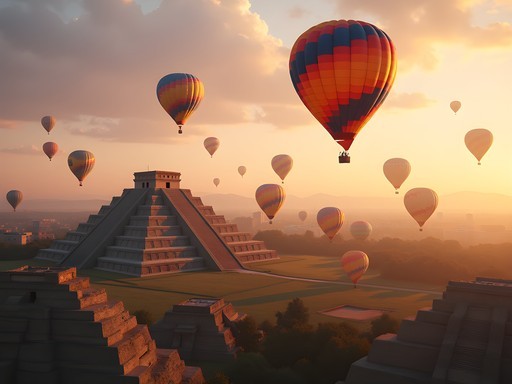
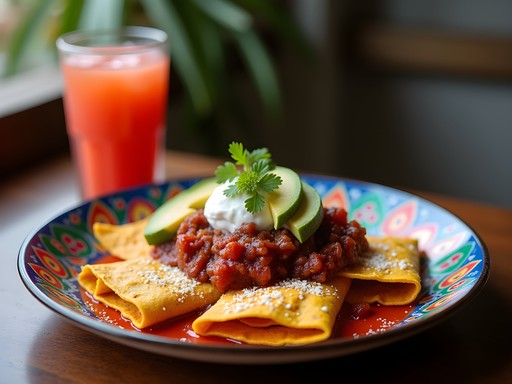
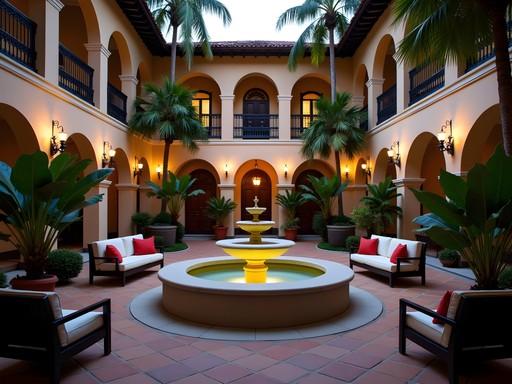

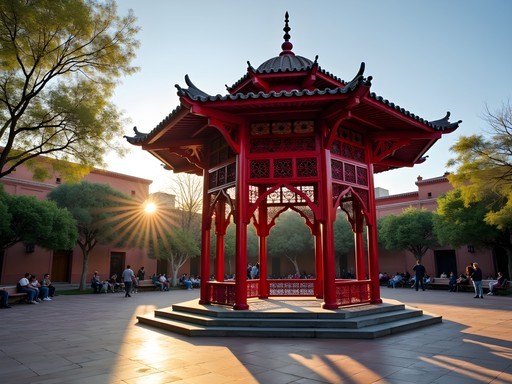
Comments
citypro
Great comparison! I'm planning a trip to both cities next year. How did you find the public transportation in each? Is it easy to get around without renting a car?
redhero
Not the author but I can tell you Dublin's LUAS tram is super easy to use! Mexico City's metro is extensive but gets really crowded during rush hour.
citypro
Thanks for the insight! Good to know about the rush hour crowds.
mountainway
The café culture comparison is spot on! I've spent weeks working remotely from both cities and found the same creative energy in both places. Though I have to say, Mexico City's café con leche beats Dublin's flat white for me any day!
George Hayes
Ana, this is exactly why I love travel blogging - finding unexpected connections! I took my family to Dublin last year, and we're planning Mexico City for spring break. My kids were skeptical about the literary walking tours in Dublin, but ended up loving the stories behind each landmark. Now I'm excited to show them how Mexico City has its own rich literary tradition. Did you find any kid-friendly cultural spots that work well in both cities? The markets sound perfect for my teenage daughter who loves shopping for unique items wherever we go.
sunsetpro662
George, my kids loved the puppet shows in Chapultepec Park in Mexico City! Totally different vibe than Dublin but both cities are surprisingly kid-friendly.
George Hayes
Thanks for the tip @sunsetpro662! Adding that to our list. My kids are at that age where they think they're too cool for everything, but puppet shows might just win them over.
backpacklife
Never would have thought to compare these two cities! Really cool perspective!
LitLover88
Really appreciated the literary connections you drew between these cities! Just added Octavio Paz to my reading list!
CafeCrawler
Your café culture section really resonated with me! I spent a month working remotely from Mexico City last year and fell in love with those little cafés in Roma Norte. That mix of locals and digital nomads created such a unique atmosphere. Found the same vibe in some Dublin spots when visiting family there. Both cities have this amazing way of making you feel both productive and relaxed at the same time. Did you have a favorite café in each city?
Ana Robinson
Thanks CafeCrawler! In Mexico City, Café Avellaneda in Coyoacán stole my heart - tiny but perfect coffee. In Dublin, I practically lived at Kaph on Drury Street. Both had that perfect mix of locals and visitors, and baristas who remembered my order after just a couple visits!
TravelingTeacher42
Love this comparison! Never would have put these cities together but now I can totally see the parallels!
nomadvibes
this is so cool! never thought about comparing these cities before. i'm planning my first big international trip and trying to decide between these two actually. which would you recommend for a solo first-time traveler? is english widely spoken in mexico city?
Ana Robinson
Thanks nomadvibes! For a first-time solo traveler, Dublin might be easier if you're concerned about language barriers. In Mexico City, English is common in tourist areas and among younger people, but basic Spanish phrases help tremendously. That said, Mexico City is incredibly rewarding and people are very helpful. If you're comfortable with a bit more adventure, go for CDMX!
nomadvibes
thanks so much for the advice! maybe i'll start with dublin and build up my confidence for mexico city next. any specific neighborhoods you'd recommend staying in for a first-timer in dublin?
Ana Robinson
Great plan! In Dublin, I'd suggest staying near Trinity College or in Portobello - both central, safe, and full of character. If you want something quieter but still accessible, Ranelagh is lovely. I used my pocket guide constantly - perfect size to carry everywhere!
George Hayes
Just jumping in here - if you do end up going to Mexico City eventually, Roma Norte and Condesa are wonderful neighborhoods for first-timers. Very walkable with great cafes and parks!
George Hayes
Ana, this comparison is brilliant! I took my family to Mexico City last spring and was blown away by the layered history you described - those moments when you're standing in the Zócalo, seeing Aztec ruins next to colonial architecture with modern skyscrapers in the background. My kids still talk about it. We're planning Dublin next summer, so your café recommendations are going straight into my itinerary. Did you find the Dublin Bus system as easy to navigate as Mexico City's metro? We always try to use public transportation with the kids as part of the cultural experience.
Ana Robinson
Thanks George! Dublin Bus is quite user-friendly but not as extensive as Mexico City's metro. I'd recommend getting the Leap Visitor Card for your family - covers buses, trams and trains. The kids will love the double-deckers!
George Hayes
Perfect tip, Ana! Double-decker buses are definitely going to be a hit with the little ones. Did you find Dublin as kid-friendly as Mexico City?
Ana Robinson
Absolutely! Dublin has great parks and interactive museums. Check out Dublinia for Viking history and the Natural History Museum (kids call it the 'Dead Zoo'). Both cities are surprisingly family-friendly in different ways!
wanderlustadventurer
Going to Mexico City next month! Any safety tips for solo travelers?
Ana Robinson
Stick to Uber rather than hailing taxis, keep valuables hidden, and trust your instincts. Roma and Condesa neighborhoods are generally safe and full of great cafés to work from!
oceanclimber
Adding to Ana's advice - download maps offline and learn basic Spanish phrases. The metro is actually really efficient during the day, just be mindful during rush hour!
wanderlustadventurer
Thanks for the tips! Really helpful 😊
Venture X
Premium card with 2X miles, $300 travel credit, Priority Pass